There are many good reasons to wear shoes. Shoes protect your feet from all kinds of harm physical harm from stubbed toes to structural harm liked pulled ligaments. They add style to your look and they help support your legs and hips when you walk and workout. A good comfy pair of shoes is a treasure to find.
Unfortunately, since your shoes go everywhere you go they are exposed to tons of bad bacteria and just problematic stuff. And then you carry all that stuff back into your house and into your living environment.
Do you even want to know what is coming in on those shoes?
What Studies Show:
In a University of Houston test they found not only germs and dirt on the bottom of the shoes they tested but also Clostridium difficile bacteria spores. This is an antibiotic resistant bacterium that is tough to treat. These spores attach themselves to the dust in your home and can contaminate your whole house.
The University of Arizona tested shoes and found 421,000 different bacteria present.
If you have visited a public restroom you have probably brought E.coli into your house on the bottom of your shoes.
If you have walked outside you have exposed yourself to all kinds of bird droppings, fertilizer chemicals, dog poop and pollens that all can be potentially harmful.
Jonathan Sexton, a research assistant at the University of Arizona’s College of Public Healthy states that toilet seats generally have about 1,000 bacteria present on them while soles of shoes have millions of bacteria on them. That’s right your shoes are dirtier than your toilet.
A public restroom has around 2 million bacteria per square inch. That is a lot of bacteria. Ladies try not to ever put your purse or diaper bag on the floor in a public restroom. Or you guessed it; all those germs are traveling with you on more than just your shoes. Never put your purse on the floor and bring it home and throw it up on the kitchen counter.
And whatever is on the bottom of your shoes when you walk on the floors of your house it is all going to get left there too. Yikes. That means you are literally bringing in contaminates into your home daily.
What You Can Do:
Start a no shoes in the house policy. Walk in and just remove your shoes.
The Japanese and many other Asian countries have long been taking off their shoes before entering their homes. They often sit low on the floor to eat and roll out mattresses that rest on the floor to sleep. It is important that their floors are kept clean because of this.
This hygienic practice has a lot of benefits that we in the western part of the world may want to adopt.
Many American moms mop, vacuum and clean their floors more often when their children are just learning to crawl to help their infants stay germ free and healthy. This is a good thing to practice. Small children have their faces right down close to the floor, so are more likely to get more exposure to all these germs and bacteria that is coming in from our shoes. They also do not have fully developed immune systems to combat the bombardment of germs coming at them.
Many of you follow a “5 second rule”. If you drop food on the floor you have 5 seconds before it is too contaminated to eat. THIS IS A TERRIBLE RULE. Don’t eat food off the floor.
We all love our pets but remember their little paws are germ spreaders too. Your cat uses a litter box. They literally stand where they go. That gets spread throughout your house over all your floors and possibly your furniture. Dog owners are not off the hook. Their pets spend time outdoors in the grass that is full of fertilizers (manmade pollutants), mold from trees, pollen, and again poop droppings from various animals.
Now before you abandon your pets, the good news is pets are beneficial to our health. Studies show that your likelihood of having asthma is reduced by 13% if exposed to a pet in the first year of life. And those who grow up on farms and around farm animals reduce their risk of asthma by 50%.
So some level of contamination exposure actually makes us more resilient.
Washing your hands with soap and water is still the best preventative health practice.
What about shoe covers?
Shoe covers can be a good idea if removing shoes is not viable. Shoe covers are considered personal protective equipment (PPE). They can prevent potentially hazardous material from coming in contact with the bottom of a person’s shoes and then traveling and spreading that hazardous material as they walk other places.
Originally shoe covers were to be used in medical and chemical environments. Now everyone is wearing them from the carpet cleaner to your cable installer. When worn they reduce the spread of contamination and help maintain an overall cleaner environment.
Shoe covers need to fit snuggly over your shoe in order to be safe. If the covers are too loose they can themselves become a tripping hazard. They now make non-slip covers which are excellent falling isn’t going to help your health.
Take Away:
Take your shoes off at the door. Invest in a basket or shoe rack and train everyone in your family to ditch the shoes. Buy some slippers if you need to.
A steam cleaner is a great way to disinfect surfaces. They are available at all price points. This could be a great resource for cleaner not only your floors but your, counters, showers and toilet seats.
Benefits of shoe removal:
- A cleaner house
- Shoes will last longer
- Less illness
- Better health for those toddlers and infants
Your shoes have more bacteria and germs than a toilet seat! Yikes! #HealthStatus
You are literally bringing in contaminates into your home daily on your shoes!
Sources:
https://int-enviroguard.com/blog/5-benefits-of-shoe-covers/
https://www.lifehack.org/317735/scientists-discover-why-you-should-take-off-your-shoes-before-entering-your-home#:~:text=What%20you%20can%20do%20to,shoes%20will%20last%20longer%2C%20too!
https://www.footfiles.com/health/diseases/article/6-reasons-to-remove-your-shoes-before-entering-the-house
https://www.nytimes.com/2019/08/27/science/shoes-in-house-germs.html




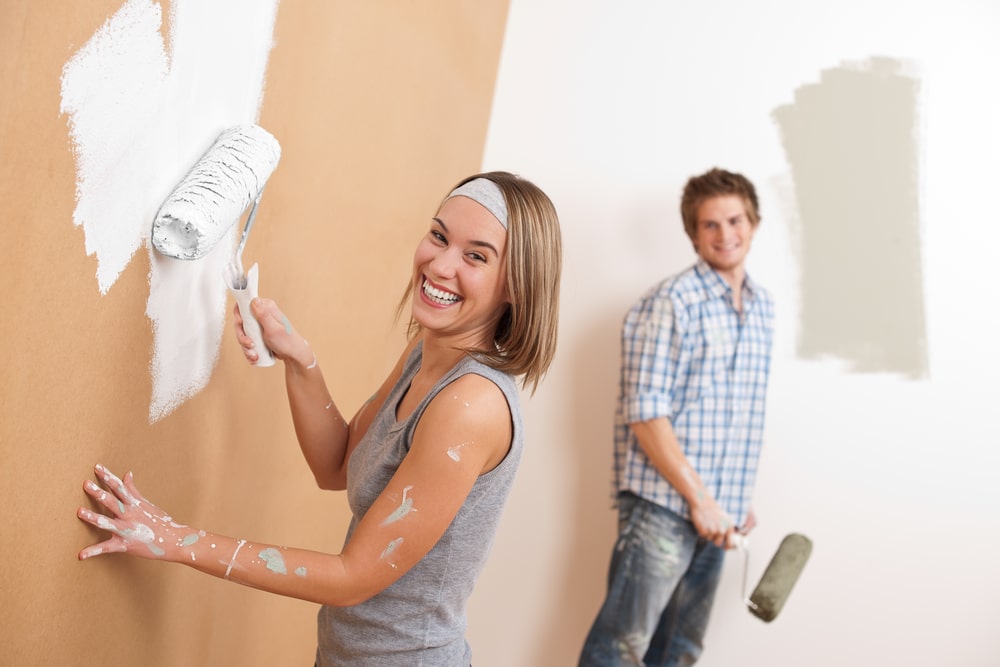
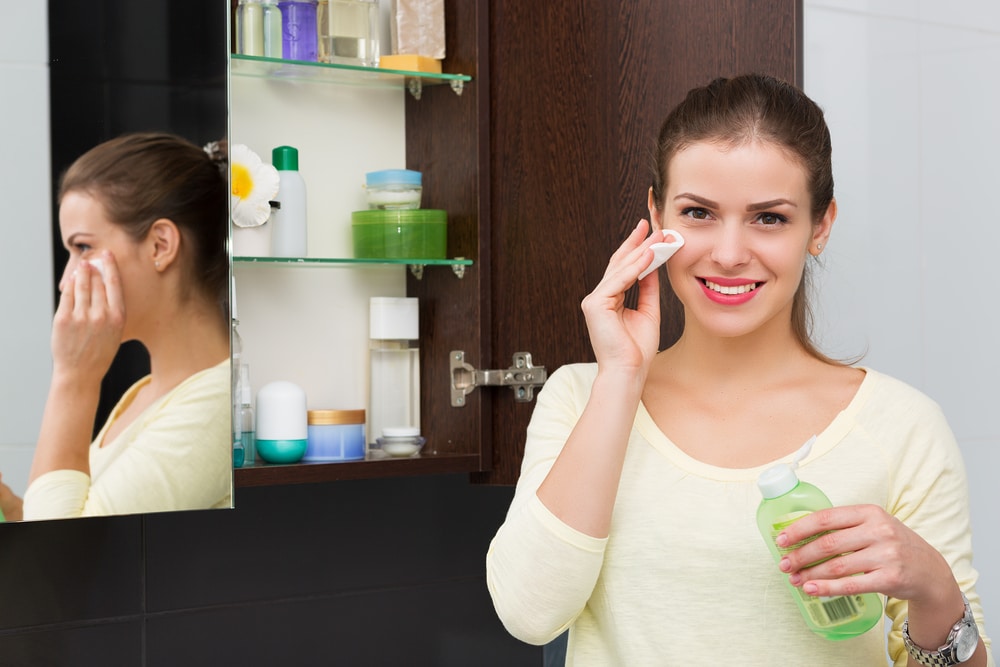
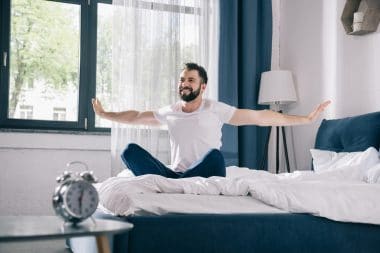
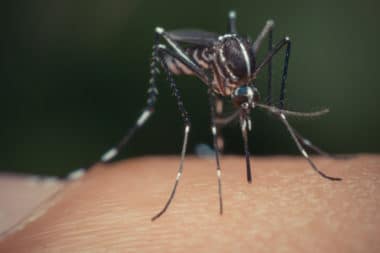
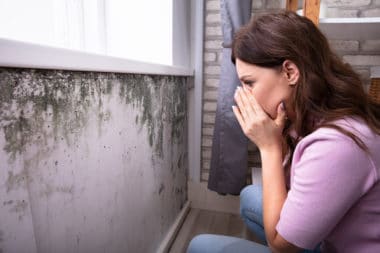
Reply